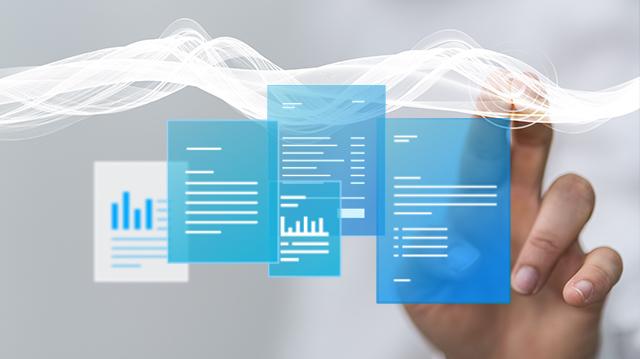The AI Assistant is a powerful feature, directly integrated into the user interface. More than just a help file or chatbot, it provides context-aware support for workflows and increases productivity. It takes on two main roles: supporting resource creation and acting as a product expert on demand.
Support for Creation & Optimization
For the creation and optimization of communication resources such as templates, data dictionaries, and tagging templates, the AI Assistant provides valuable help. A designer, for example, could generate a DFF template with header and footer and a two-column layout. Beyond that, the assistant helps to systematically adapt and optimize the various building blocks of communication.
Product Expert: Answers instantly
Fast, precise answers from the official product documentation are available instantly, without interrupting the workflow or lengthy searches. Example: To the question “How can a template be created?” the assistant provides a clear, step-by-step guide, specific to the software version being used.
AI in Customer Communications:
Compart demonstrates how Artificial Intelligence (AI) is transforming Customer Communication Management (CCM).












